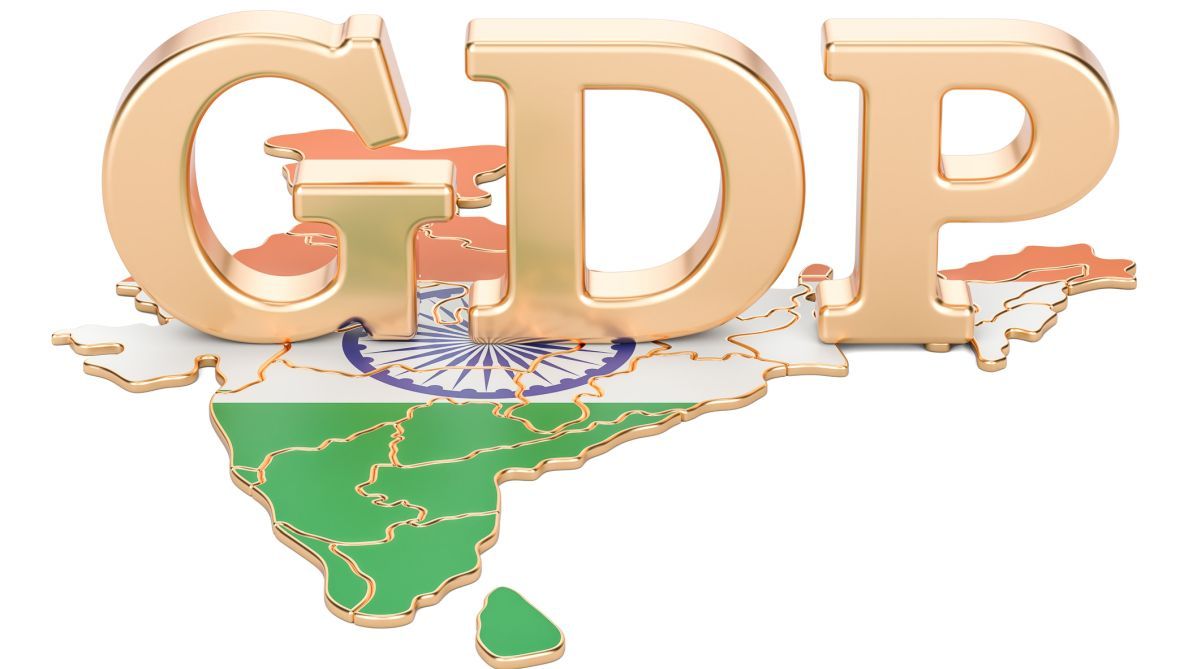Missed Opportunity
The Union Budget 2025-26 was expected to chart a bold course for economic recovery, particularly in employment generation and demand stimulation.
The peak gross domestic product (GDP) growth rate under UPA too is lowered from 10.3 per cent in 2010-11 to 8.5 per cent.

Representational Image (Photo: Getty Images)
In a world where consistent positions win trust, it is a little disheartening that the government fails to be consistent even with its convoluted calculations about the economy. The latest depredation with data has seen the government bring down the average growth for the UPA years (after a back series revision for 2005-06 to 2011-12) that stands lowered from 7.75 per cent to 6.82 per cent. The peak gross domestic product (GDP) growth rate under UPA too is lowered from 10.3 per cent in 2010-11 to 8.5 per cent.
Assuming that all is fair in love and war; that elections in India are nothing short of a war to grab power; and that there is unquestioned merit in discrediting the opponent’s performance as a pre-election strategy, certainly the government could have thought this one through a little better and managed the front and back ends of the exercise.
Advertisement
Regrettably, the government’s own committee set up by the National Statistical Commission had earlier worked on a set of back series data, released in July this year. That was probably unintentional for the statisticians, unused to the ways of the current dispensation, shared the numbers without seeking necessary clearances from Niti Aayog, apparently the new masters for the maths that they work out.
Advertisement
Those numbers had revealed much higher growth under the UPA government, showing that the GDP grew at 10.8 per cent in 2010-11 against the previously known 10.3 per cent. Indeed, it had revealed a 30-50 basis point increase in GDP growth figures from those earlier reported.
It is educative to listen to Professor Sudipto Mundle, who headed the committee on Real Sector Statistics, to try and comprehend the reasons for the government disowning its own data and replacing it by data procured by a different method.
The earlier econometric exercise ~ based on available data that linked the base year of the old series with that of the new series ~ was “smooth and the difference was distributed smoothly”, while the current series is based on data to which the new sub-committee, working under the committee on real sector statistics, has access to.
While it has come up with numbers that place the UPA in poorer light, they probably place the government in even worse light. Even as economists figure out the reasons for the difference, the new data reveals a different problem, with the services sector output lower than in the old series and the share of the secondary sector higher than the tertiary sector, leading to the worrisome conclusion that “in the subsequent year the growth rate of the secondary sector ~ manufacturing sector ~ has come down… The difference in investment rate now is sharper between its peak and the present”.
To make matters worse, the latest GDP numbers for the July-September quarter show a decline and even the government cannot do much to put up a brave face by underscoring the fact that India is still outperforming China’s growth rate, never mind the base.
Advertisement